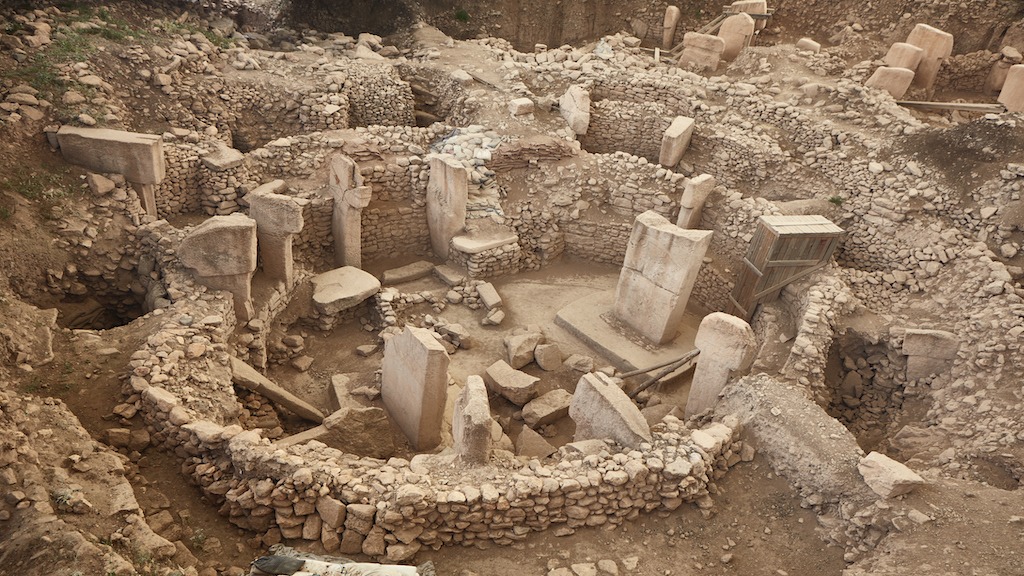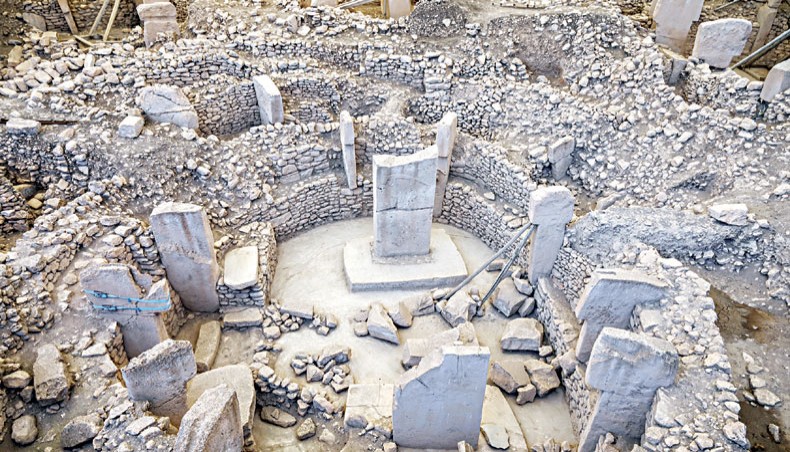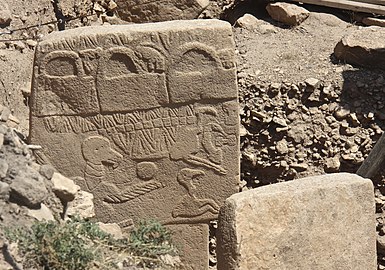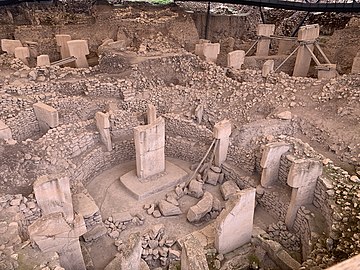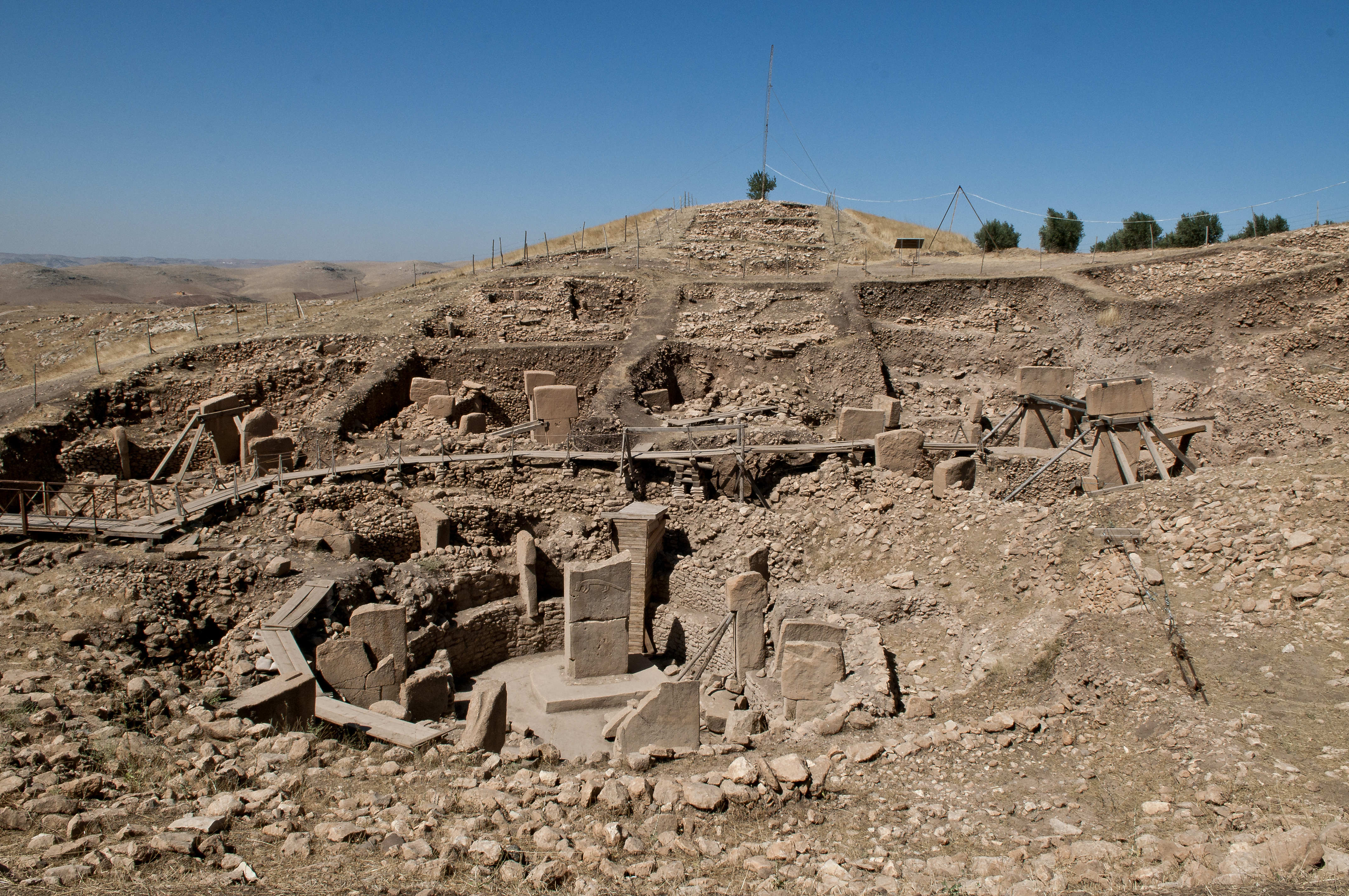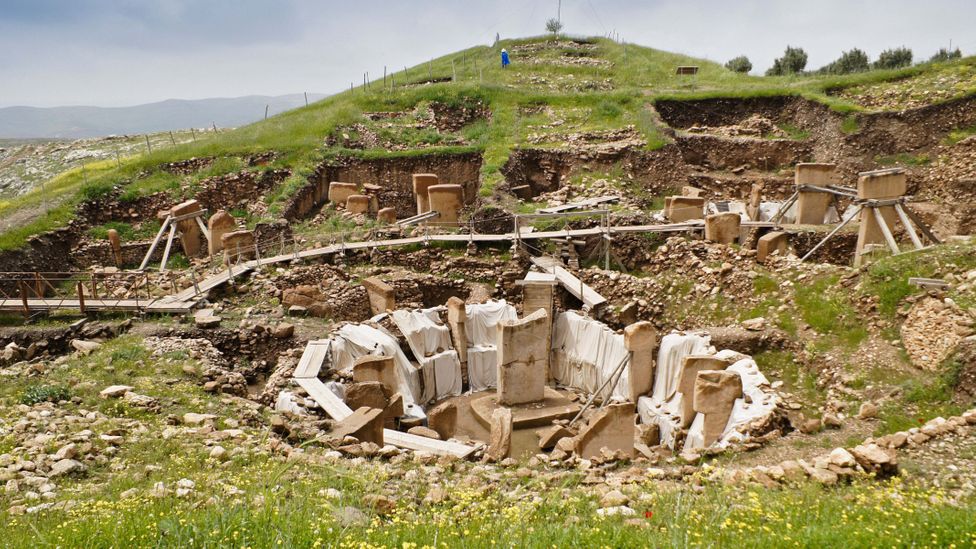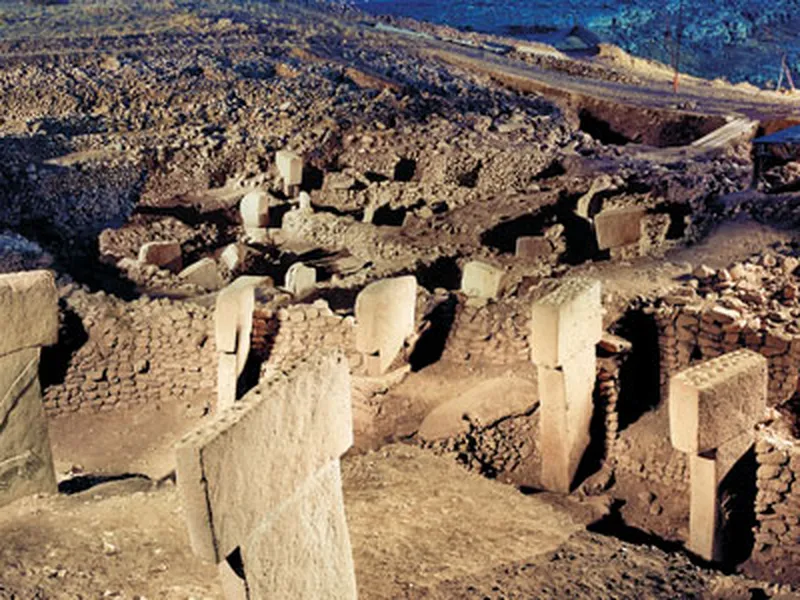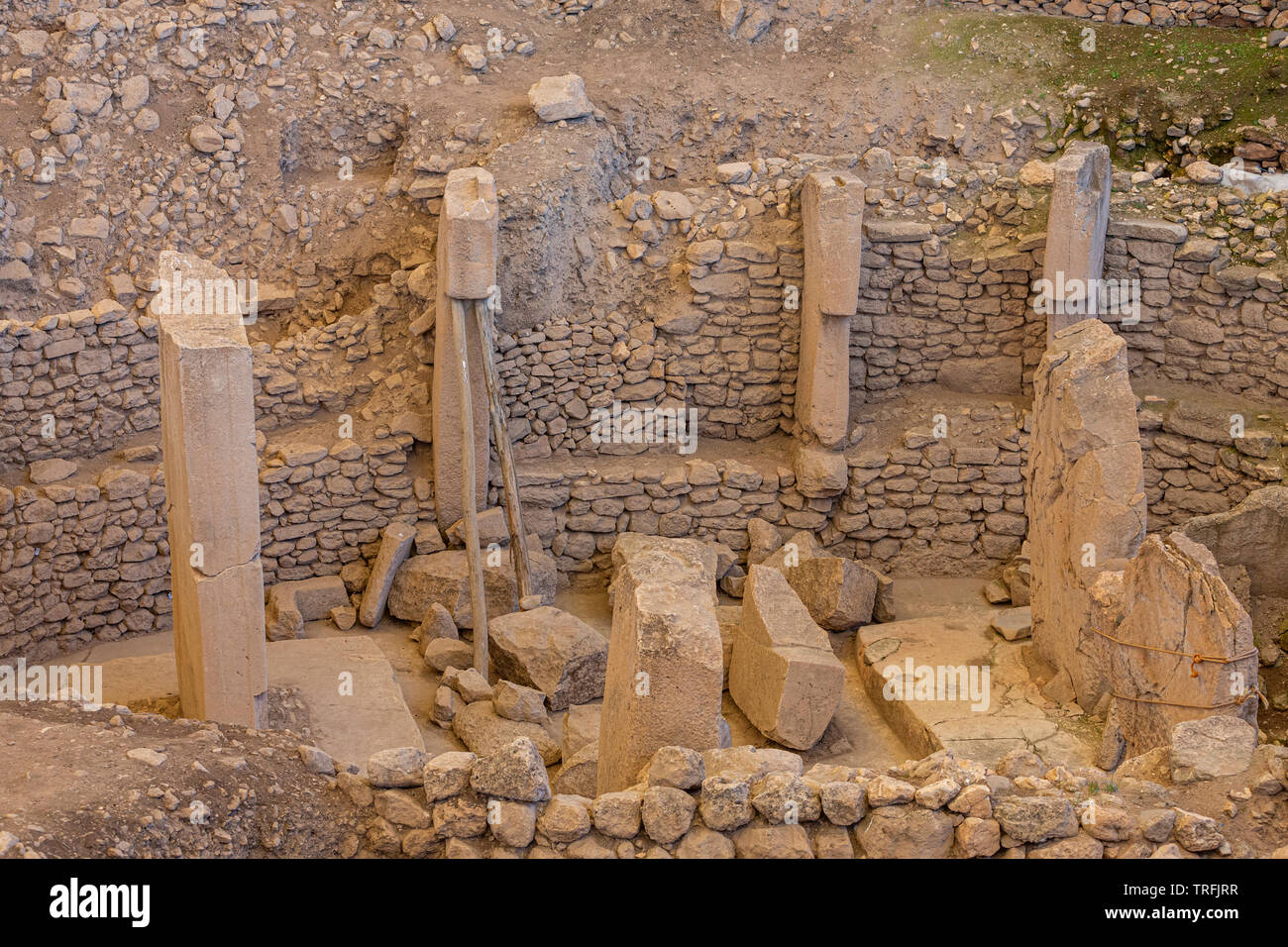
Gobekli Tepe Turkish for "Potbelly Hill", is an archaeological site in the Southeastern Anatolia. 12 thousand years ago. Gobeklitepe archaeological si Stock Photo - Alamy

Gobekli Tepe Turkish for "Potbelly Hill", is an archaeological site in the Southeastern Anatolia. 12 thousand years ago. Gobeklitepe archaeological si Stock Photo - Alamy

Gobekli Tepe Turkish For Potbelly Hill Is An Archaeological Site In The Southeastern Anatolia 12 Thousand Years Ago Gobeklitepe Archaeological Site Sanliurfaturkey Stock Photo - Download Image Now - iStock

Gobekli Tepe Turkish for "Potbelly Hill", is an archaeological site in the Southeastern Anatolia. 12 thousand years ago. Gobeklitepe archaeological si Stock Photo - Alamy
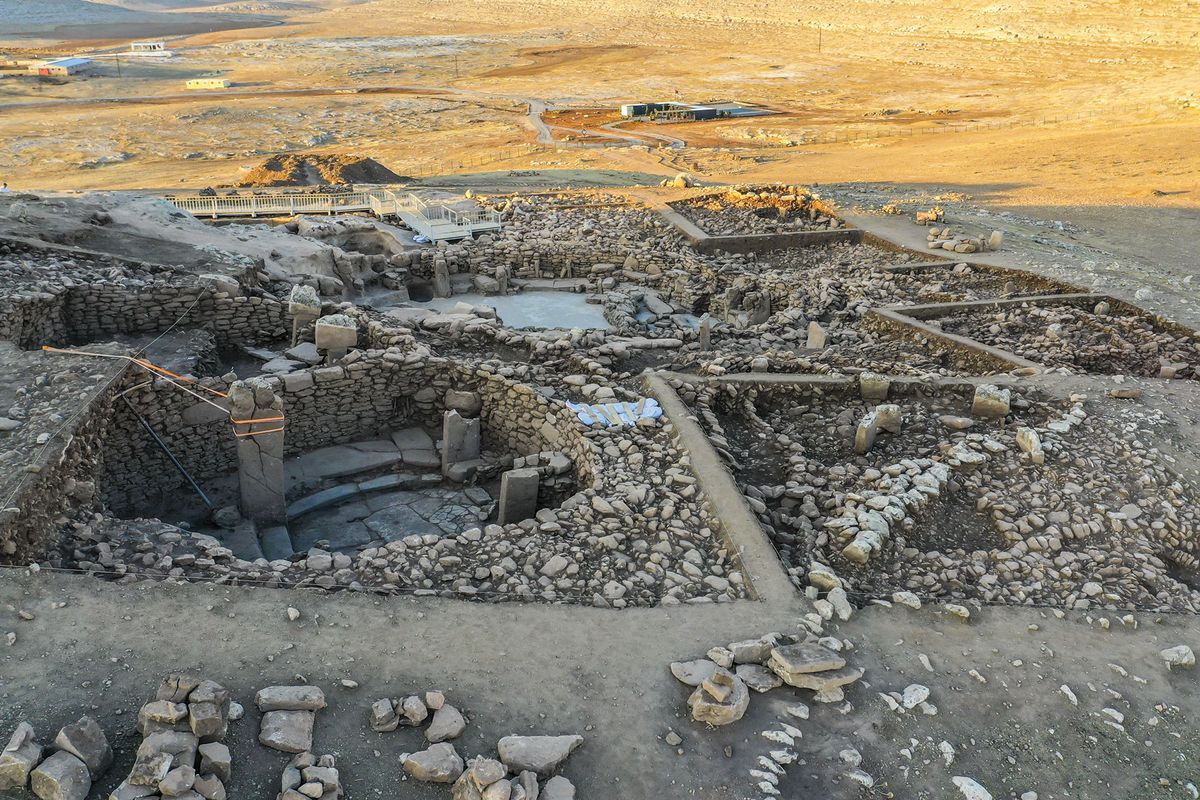
Discovery of Turkish 11,400-year-old village challenges ideas of when and why humans first settled down
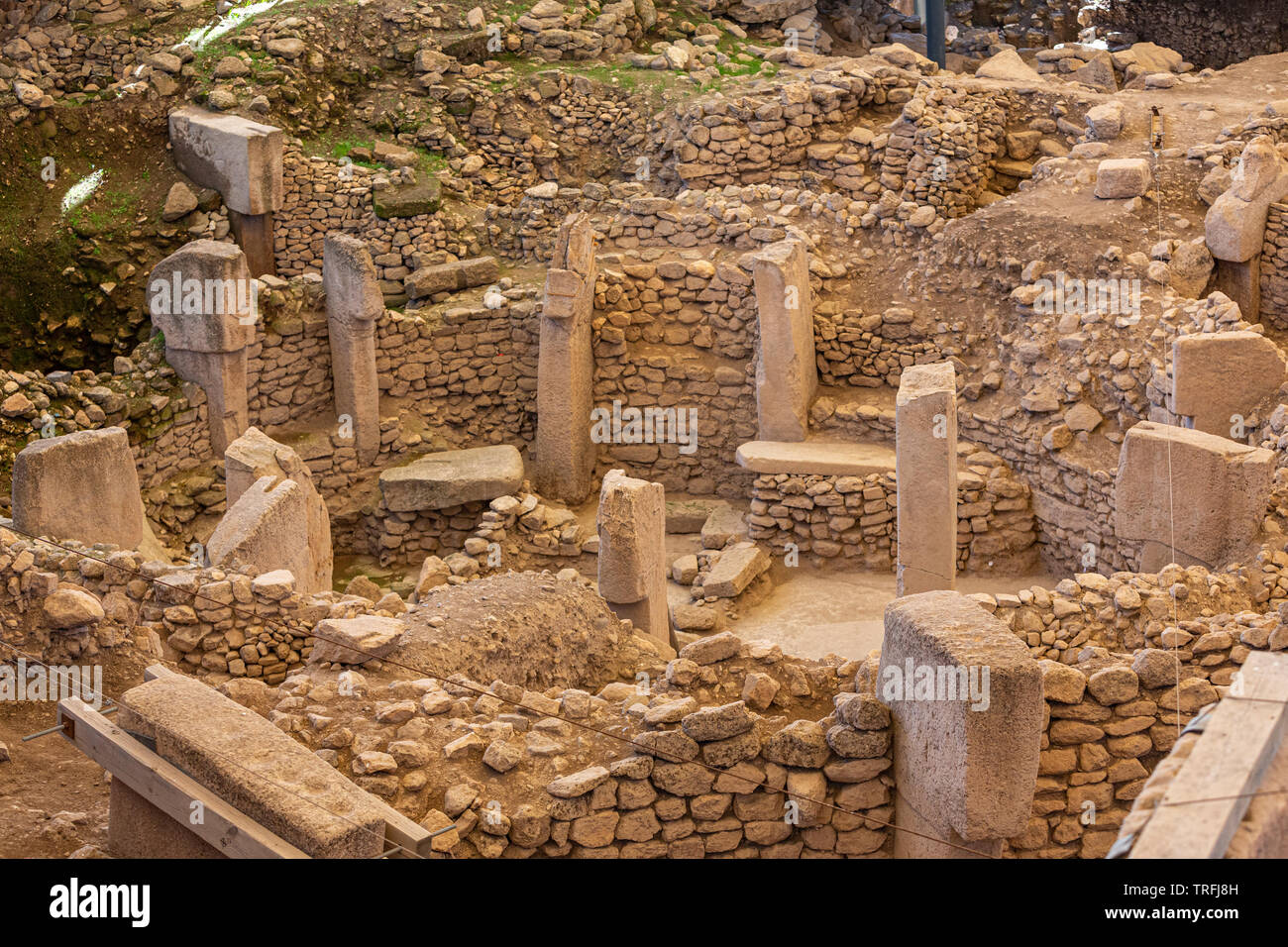


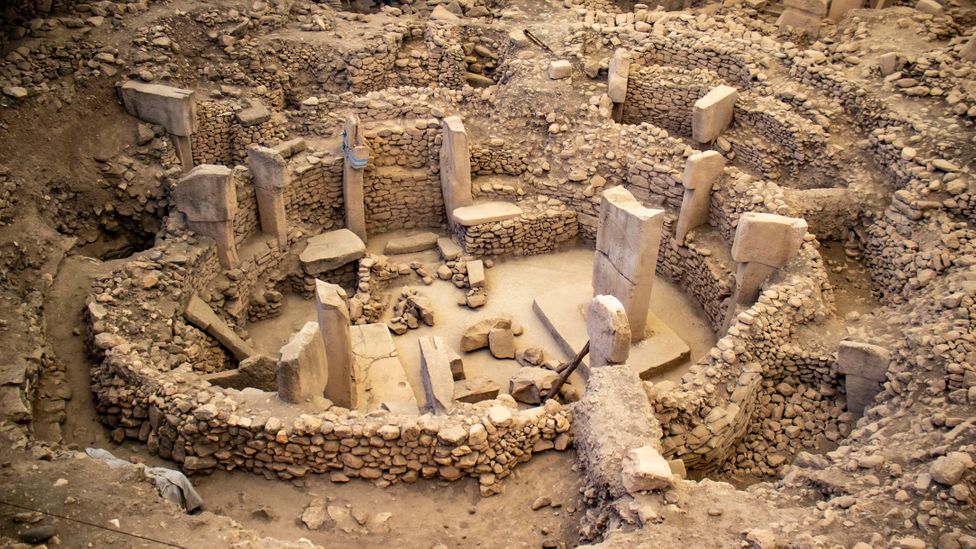



/https://tf-cmsv2-smithsonianmag-media.s3.amazonaws.com/filer/gobeklitepe_nov08_631.jpg)
